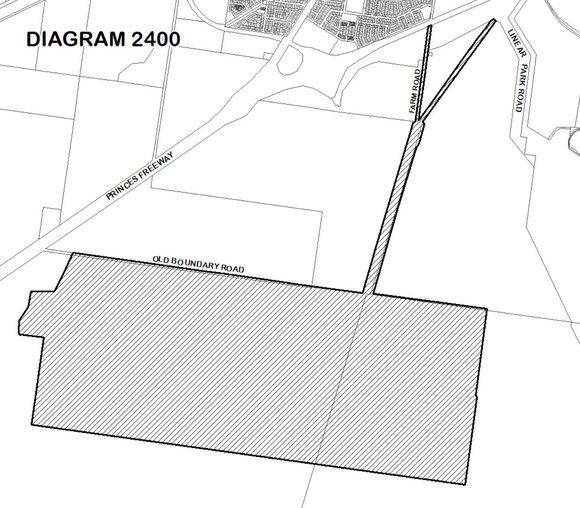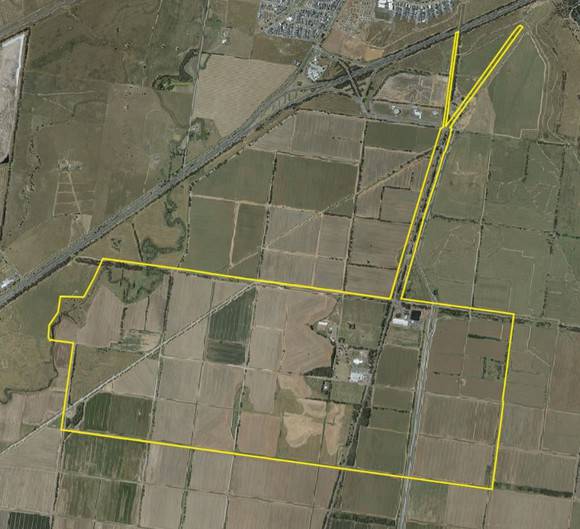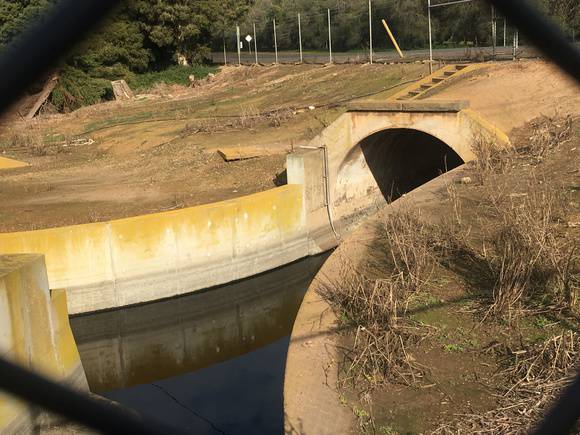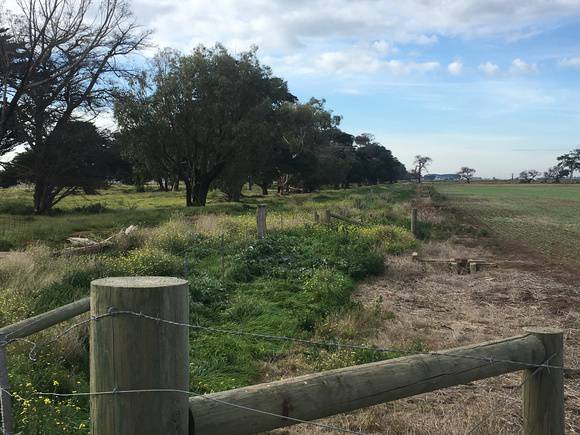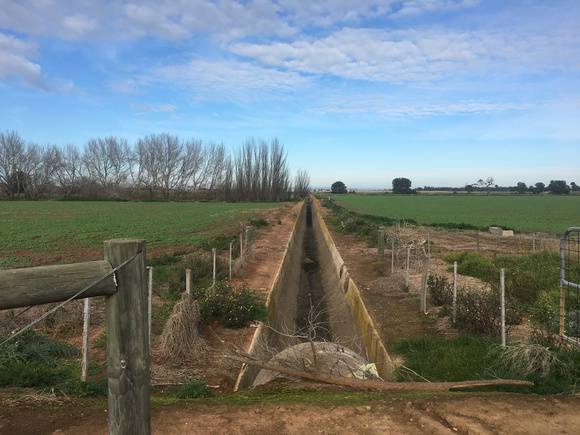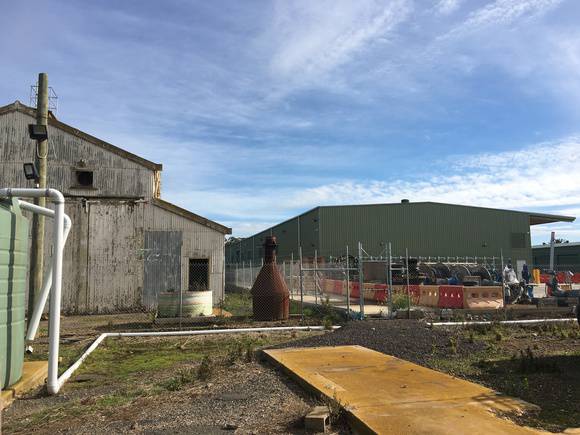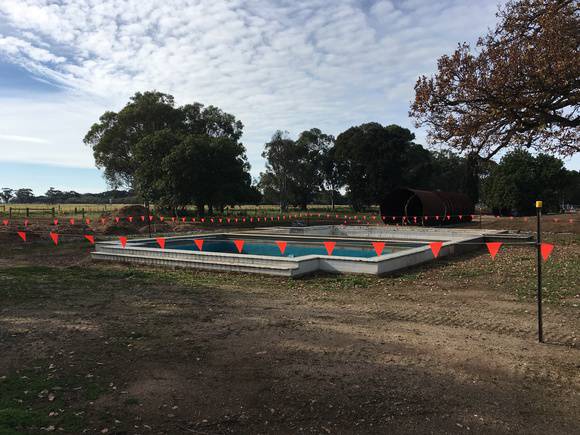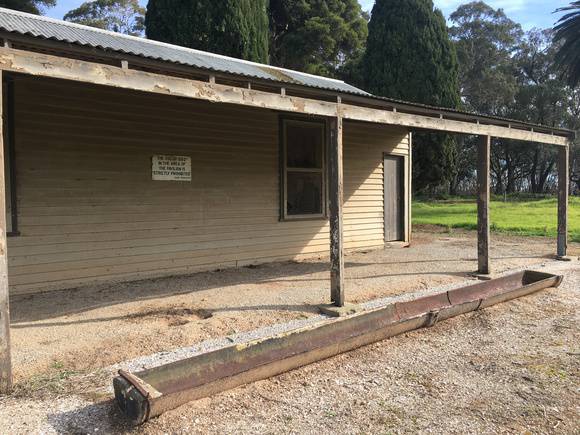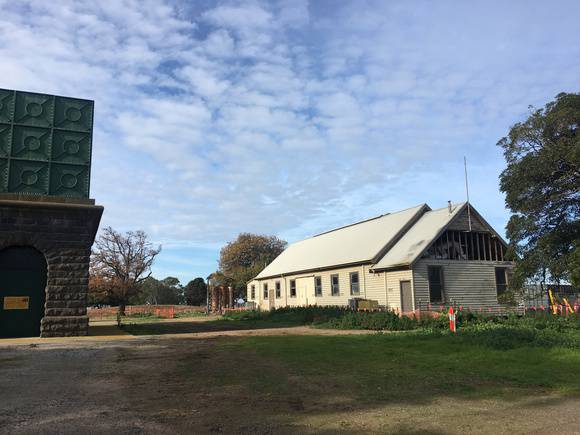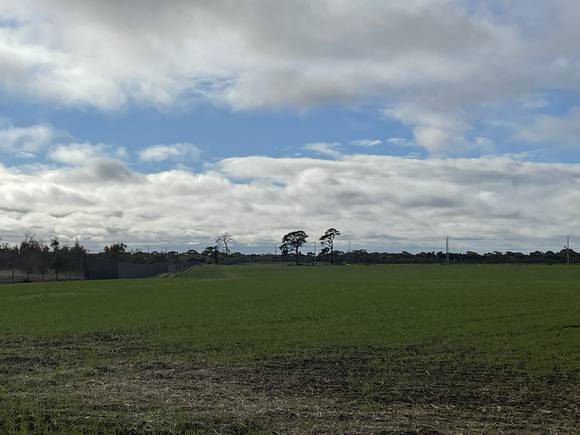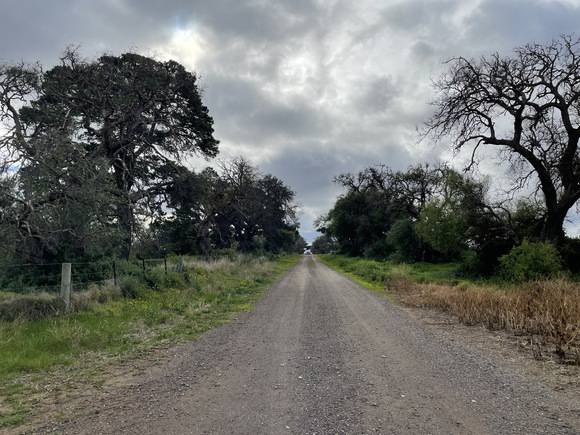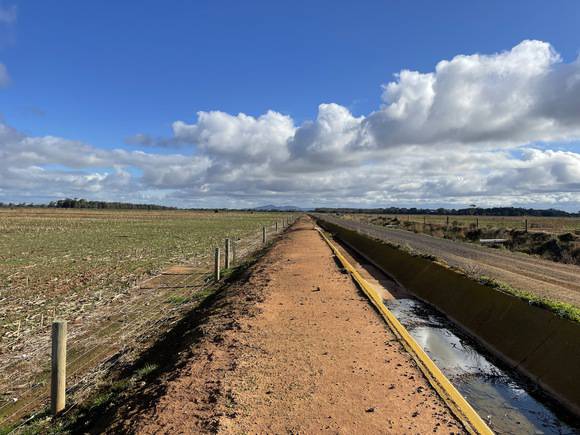| Back to search results » | Back to search page » |
|
FORMER METROPOLITAN FARM
Statement of Significance
What is significant?
The Former Metropolitan Farm is a sewage treatment farm established by the Melbourne and Metropolitan Board of Works (MMBW) in 1892. It is characterised by its broad, flat agricultural landscape divided by roads laid out in a grid further defined by a system of carriers, sub-carriers and drains. The place includes remnants of the former MMBW township of Cocoroc, early agricultural structures and mature plantings.
How is it significant?
The Former Metropolitan Farm is of historical, archaeological and technical significance to the State of Victoria. It satisfies the following criterion for inclusion in the Victorian Heritage Register:
Criterion A
Importance to the course, or pattern, of Victoria’s cultural history.
Criterion C
Potential to yield information that will contribute to an understanding of Victoria’s cultural history.
Criterion D
Importance in demonstrating the principal characteristics of a class of cultural places and objects.
Criterion F
Importance in demonstrating a high degree of creative or technical achievement at a particular period.
Criterion H
Special association with the life or works of a person, or group of persons, of importance in Victoria’s history.
Why is it significant?
The Former Metropolitan Farm is historically significant as a key element of the Melbourne metropolitan sewerage system. As the place where all of Melbourne’s sewage was sent and treated from 1897 until 1940 it has played a vital role in the health and sanitation of the city. Prior to the construction of the sewerage system, human waste in metropolitan Melbourne was generally emptied into the streets and natural water courses resulting in widespread pollution and frequent outbreaks of diseases such as typhoid. The sewerage system, including the Former Metropolitan Farm, was a major engineering achievement for the State led directly to dramatic improvements in sanitation and public health in metropolitan Melbourne.
(Criterion A)The Former Metropolitan Farm is archaeologically significant for its potential to contain features, deposits and artefacts that relate to both the early operation of the place as well as its occupation by MMBW workers and their families over several decades. The information likely to be yielded through archaeological investigation, will meaningfully contribute to an understanding of a place that has played an important role in Victoria’s history and is likely to yield information that is not already well documented or readily available through other sources.
(Criterion C)The Former Metropolitan Farm is significant as a notable example of a sewage treatment facility. It has the principal characteristics of the class which reflect the era of its establishment and early operation, including a large, flat land area and grid layout to provide for land filtration. It is pivotal and influential being the first facility of its type established in Victoria and a model for other facilities established subsequently.
(Criterion D)The Former Metropolitan Farm is technically significant as a key component of the Melbourne centralised sewerage system, which was a major engineering achievement for the era. The project converted what was a pastoral landscape into a vast filtration system for treating all of metropolitan Melbourne’s sewage. The Former Metropolitan Farm represents the adaptation of the land filtration technique to a vast scale and demonstrates the skilful application of surveying, planning and grading.
(Criterion F)The Former Metropolitan Farm is significant for its association with the Melbourne Metropolitan Board of Works (MMBW) which was initially established to plan and construct a sewerage system for metropolitan Melbourne and went on to provide vital sewerage and water services for the city until 1992. The MMBW established and developed the Metropolitan Farm from 1890–1992 and is widely associated with the place. In addition to being a key functional element of Melbourne’s sewerage system, the Former Metropolitan Farm was a ‘government town’ for a large community of resident MMBW workers and their families from the 1890s until the 1970s, and has a special association with the MMBW.
(Criterion H)
Group
Utilities - Sewerage
Category
Sewage Farm/Treatment Site




